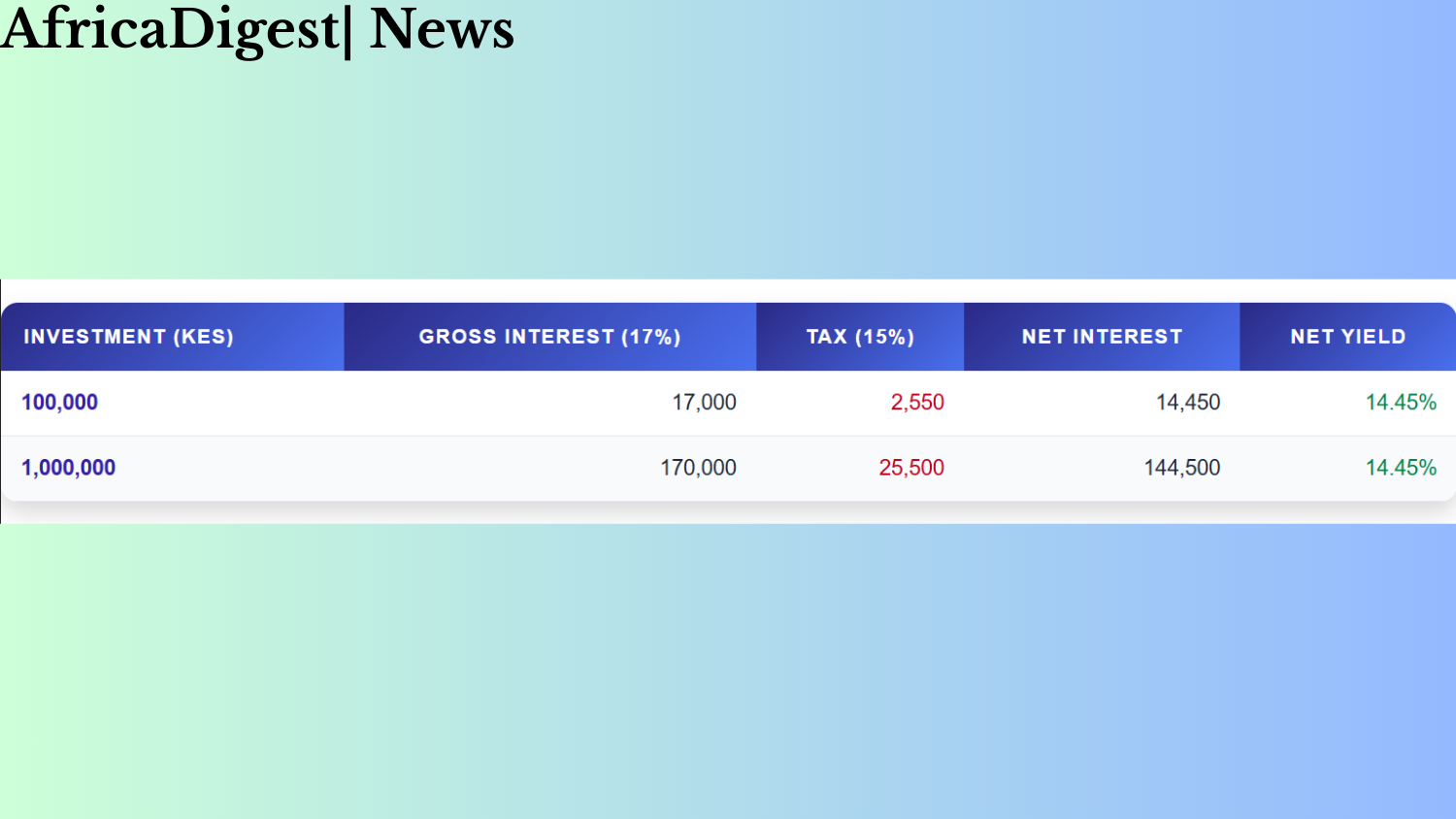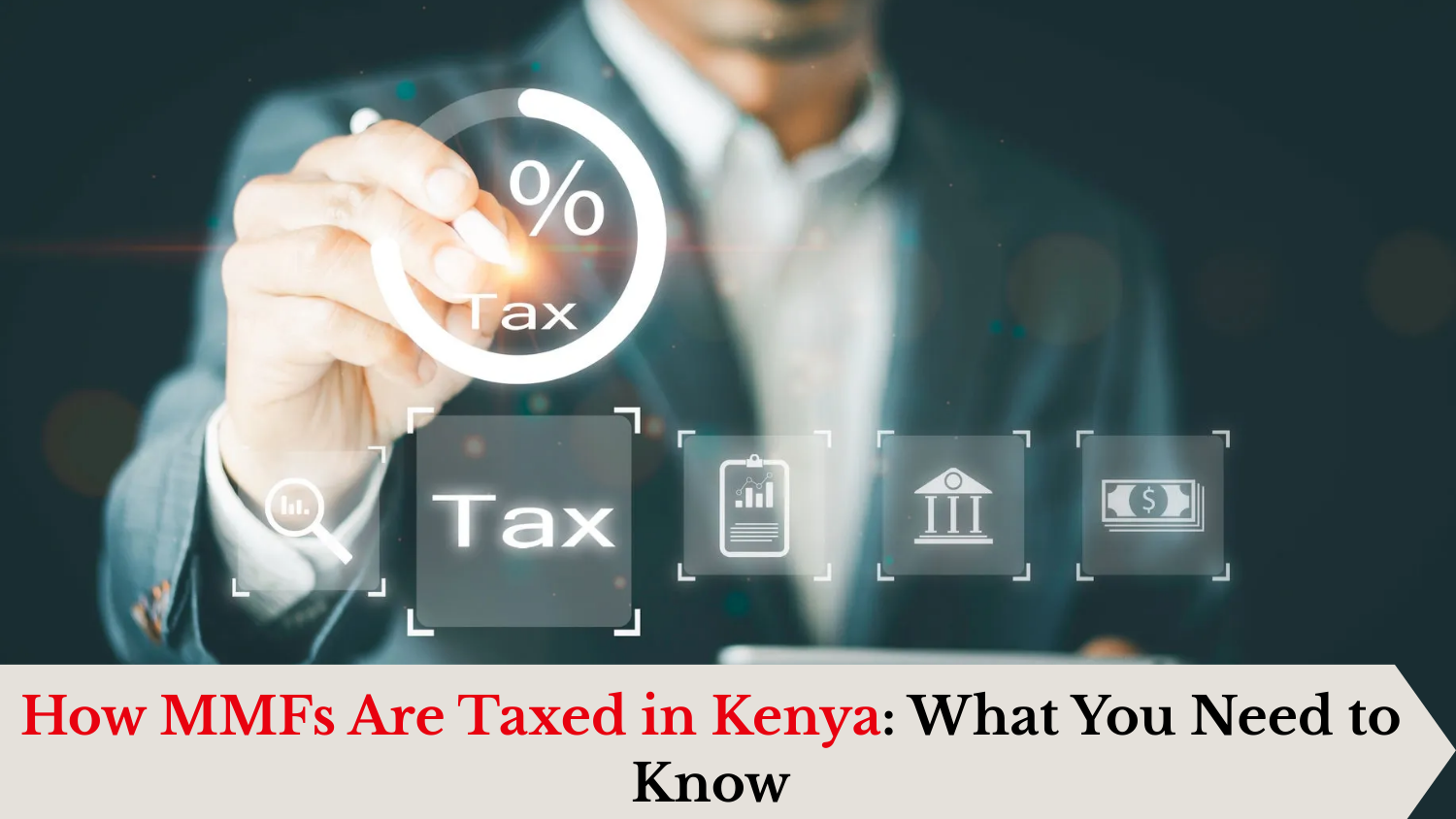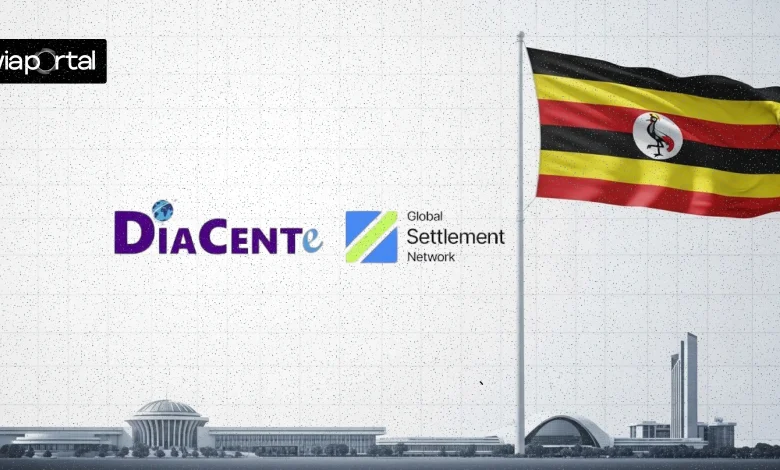Investing in Money Market Funds (MMFs) in Kenya is a smart way to grow your wealth with low risk, but many investors overlook one critical detail: MMF taxation in Kenya.
Understanding how taxes work can make or break your returns, especially with the 15% withholding tax on MMF interest that’s automatically deducted.
Whether you’re a beginner dipping your toes into investing or a seasoned saver eyeing the best MMF in Kenya after tax, this guide breaks down everything you need to know about how MMFs are taxed in Kenya, how it affects your returns, and whether you need to worry about tax filing.
Let’s look into the details and clarify the Money Market Funds tax in Kenya!
What Are Money Market Funds in Kenya?
Money Market Funds are low-risk investment vehicles that pool money from investors to buy short-term, secure instruments like treasury bills and fixed deposits.
In Kenya, MMFs are popular for their steady returns, often 12–17% annually, as seen with top funds like Etica and Cytonn in 2024.
They’re ideal for beginners and risk-averse investors, offering liquidity and stability. But here’s the catch: the withholding tax on MMF interest can chip away at those gains if you don’t understand it. So, let’s explore how MMFs are taxed in Kenya to help you maximise your returns.
Understanding the 15% Withholding Tax on MMF Interest
The 15% withholding tax on MMF interest is the key tax applied to MMF earnings in Kenya, as mandated by the Kenya Revenue Authority (KRA). Here’s how it works:
- What It Is: When your MMF generates interest (e.g., from treasury bills or bank deposits), 15% of that interest is withheld as tax before the net amount is credited to your account.
- Automatic Tax Deduction: Fund managers, like those at CIC or Britam, handle the automatic tax deduction for MMFs in Kenya. You don’t need to calculate or pay it yourself; the tax is deducted at source, making it hassle-free.
- Example: If your MMF earns KES 20,000 in interest annually, the 15% withholding tax amounts to KES 3,000. You receive KES 17,000 as your net interest, which is then reinvested or paid out.
This withholding tax on MMF interest is considered a final tax for individual investors, meaning you don’t need to declare it separately on your tax return. But how does this affect your overall returns? Let’s break it down.
READ ALSO:
Can You Lose Money in a Money Market Fund? Risks & Realities for Kenyans
How Does Withholding Tax Affect MMF Returns?
The MMF returns after tax in Kenya are what you actually take home, and the 15% withholding tax directly reduces your earnings. Here’s a closer look at how to calculate MMF tax in Kenya and its impact:
- Scenario: Suppose you invest KES 100,000 in an MMF with a 17% annual gross return (a realistic figure for top funds like Sanlam in 2024). Your gross interest is KES 17,000.
- Tax Calculation: The 15% withholding tax on the KES 17,000 interest is KES 2,550.
- Net Return: After tax, you earn KES 14,450, giving you a net yield of 14.45% instead of 17%.
This reduction might seem small, but it adds up over time, especially for larger investments. For instance, a KES 1 million investment at the same rate loses KES 25,500 annually to tax.
Understanding how withholding tax affects MMF returns helps you compare funds and plan your financial goals. Tools like the Etica MMF calculator can simplify these projections.
Do I Need to Declare MMF Tax in Kenya?
A common question among investors is, “Do I need to declare MMF tax in Kenya?” The good news is: no, you don’t. The 15% withholding tax is a final tax for individual investors, as confirmed by KRA guidelines. This means:
- No Additional Filing: Since the tax is automatically deducted by your fund manager, you don’t need to report MMF interest on your annual tax return.
- Exception: If you’re a business or have other taxable income, you may need to file a nil return or include MMF income in broader tax calculations. Check KRA’s iTax portal for details.
- For Beginners: If MMFs are your only income source, you’re likely exempt from further tax obligations, making MMFs a low-maintenance investment.
This clarity is a relief for those new to tax on Money Market Funds for beginners in Kenya, as it simplifies compliance.
How to Calculate MMF Tax in Kenya
To make informed decisions, you need to know how to calculate MMF tax in Kenya. Here’s a step-by-step Kenya MMF tax filing guide (even though filing isn’t usually required):
- Check Your Gross Interest: Your MMF provider sends monthly or quarterly statements showing interest earned. For example, KES 10,000 interest on a KES 70,000 investment.
- Apply the 15% Rate: Multiply the interest by 0.15. For KES 10,000, that’s KES 1,500 tax.
- Confirm Deduction: Verify the tax was deducted automatically by checking your statement’s net interest (KES 8,500 in this case).
- Assess Net Returns: Divide net interest by your investment to get the net yield (e.g., KES 8,500 ÷ KES 70,000 = 12.14% net yield).
For visual learners, here’s a simple table:

This table, inspired by examples, helps investors see MMF returns after tax in Kenya clearly.
Choosing the Best MMF in Kenya After Tax
Not all MMFs are equal, and tax impacts their performance. To find the best MMF in Kenya after tax, consider these factors:
- Gross Yield: Funds like Cytonn (17.43% in 2024) and Etica (16.98%) offer high gross returns, but post-tax yields matter more. Cytonn’s net yield is ~14.82%, still competitive.
- Fees: Some funds charge management fees (1–2%), further reducing returns. Check fee structures, as noted in.
- Liquidity: MMFs like Sanlam allow quick withdrawals (1–3 days), ideal for flexibility post-tax.
- Reputation: CMA-regulated funds (e.g., Britam, CIC) ensure tax compliance and transparency.
For example, a KES 500,000 investment in Cytonn at 17.43% yields KES 87,150 gross but KES 74,077.50 after tax, a solid return for Nairobi investors.
Tips for Navigating MMF Taxation in Kenya
To make the most of your MMF investments, follow these practical tips:
- Review Statements: Regularly check your MMF statements to confirm automatic tax deductions for MMFs in Kenya are correct.
- Use Calculators: Online tools from Etica or CIC help estimate MMF returns after tax in Kenya before investing.
- Consult KRA: If you’re unsure about filing (e.g., mixed income sources), visit www.kra.go.ke or a tax advisor.
- Diversify: Combine MMFs with tax-free investments like Sacco dividends (per) to balance tax impacts.
Why MMF Taxation Matters for Beginners
For those new to tax on Money Market Funds for beginners in Kenya, understanding taxation is crucial. MMFs are accessible (minimums as low as KES 1,000), but the 15% withholding tax can surprise first-timers. By understanding how MMFs are taxed in Kenya, you avoid unexpected shortfalls and plan better.
READ ALSO:
How to Start Investing in a Money Market Fund with Just KES 500
Take Control of Your MMF Investments
Navigating MMF taxation in Kenya doesn’t have to be challenging. The 15% withholding tax on MMF interest is automatically deducted, final for individuals, and easy to calculate.
By understanding how withholding tax affects MMF returns and choosing the best MMF in Kenya after tax, you can optimise your wealth-building journey.
Whether you’re saving for a house in Nairobi or a child’s education in Kisumu, MMFs remain a powerful tool; just factor in the tax.
Ready to invest smarter? Check your MMF provider’s latest returns, use KRA’s iTax portal for clarity, and join the conversation.Your financial future starts with knowing the facts!
Ronnie Paul is a seasoned writer and analyst with a prolific portfolio of over 1,000 published articles, specialising in fintech, cryptocurrency, and digital finance at Africa Digest News.






Leave a Reply